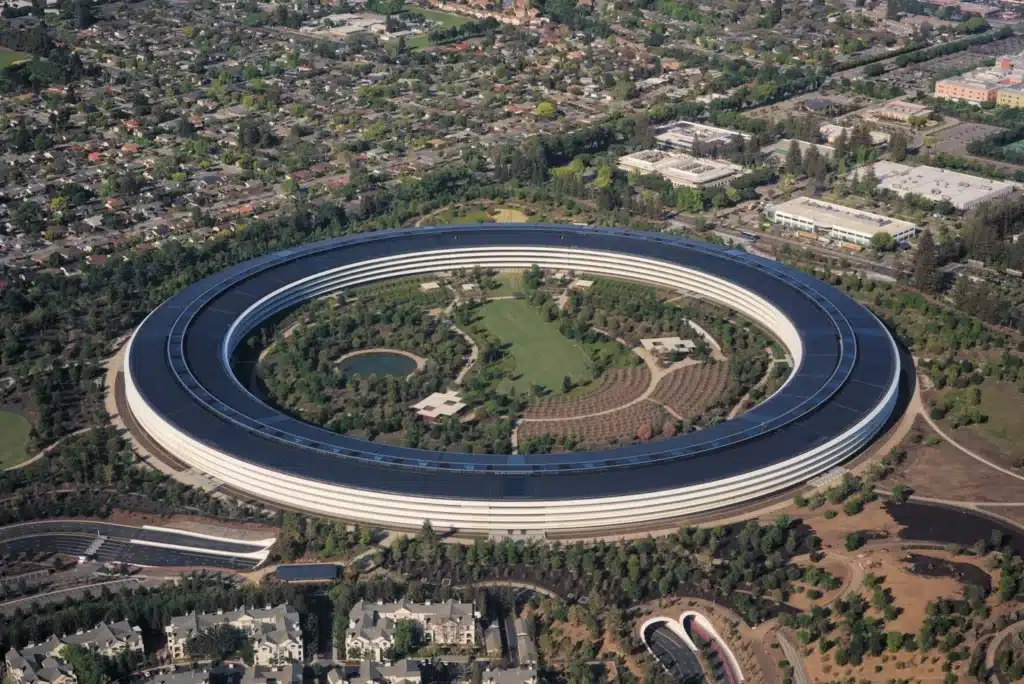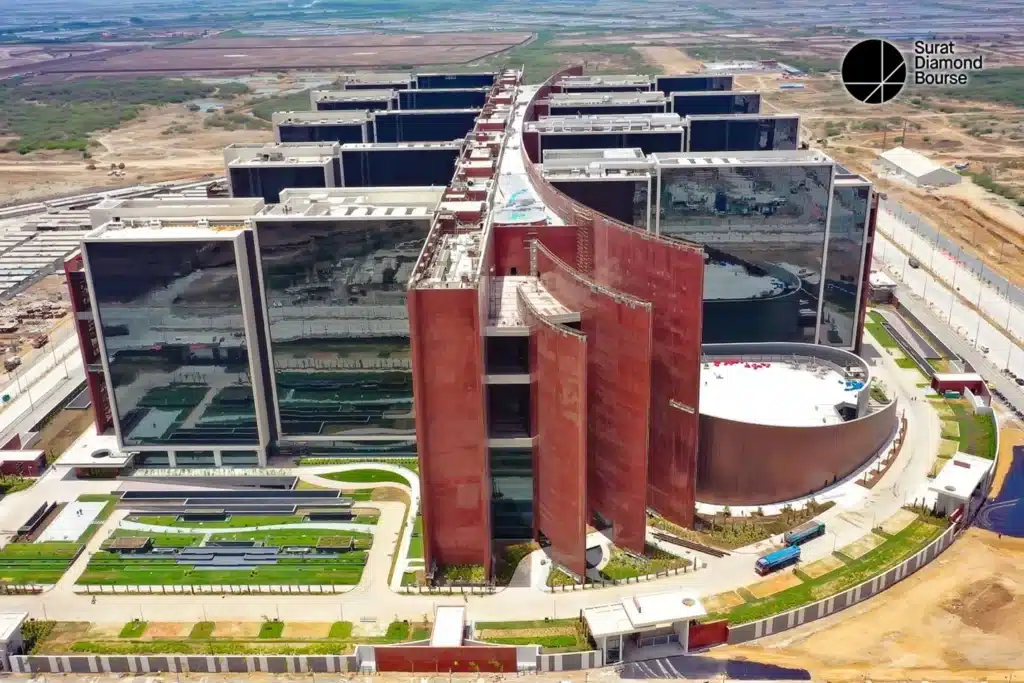Smart building technology has revolutionized how the world’s largest office buildings manage their energy consumption. While these advancements are crucial, they are not a substitute for thorough architectural and engineering planning that considers factors such as the building’s orientation and height and the occupants’ needs.
We examine the way smart building technology plays a significant role in the energy optimization of an office building.
Energy Efficiency Through Smart Technology
Integrating smart building technology has significantly improved energy efficiency in mega office buildings. Modern office buildings rely on advanced systems to enhance efficiency and sustainability.
Two critical systems in this context are the building management system (BMS) and the energy management system (EMS). Both systems play distinct roles in optimizing office building operations.
Building Management System
A BMS is a computer-based system that monitors and controls systems like HVAC, lighting, power, security, and access—even the elevators.
The importance of a BMS is that it enhances building efficiency, comfort, and safety by centralizing control and automating functions such as climate control and security, leading to a more pleasant and secure working environment for its occupants.
Energy Management System
Similarly, a building’s EMS consists of computer-aided tools that help identify energy-saving opportunities, reduce water consumption, and lessen the overall operating costs of the building.
The building EMS plays a crucial role in lowering a building’s carbon emissions by optimizing energy usage and promoting sustainability.
The EMS does this by collecting and analyzing the building’s data and providing insights into long-term energy trends to help plan for future improvements.
The EMS, like the BMS, is crucial for mega office buildings, ensuring energy efficiency, cost reduction, environmental impact reduction, and enhanced comfort.
Its real-time monitoring and data-driven approach are indispensable in modern building operations.
While a BMS focuses on holistic control and safety, the EMS specializes in energy optimization and sustainability.
Excellence in Architectural and Engineering Planning
Mega office buildings designed with architectural and engineering from the planning stage seamlessly integrate advanced building technologies like BMS and EMS to establish highly functional and remarkably efficient green office environments.

A prime example of integrating smart building technology is Apple’s corporate headquarters, known as Apple Park (Figure 1). This structure is a remarkable testament to both technology and architectural engineering.
The main building has a circular layout, spans 260,129 square meters (2.8 million square feet), and can accommodate over 12,000 employees. It features the world’s largest curved glass panels, contributing to its energy-efficient design.
The architectural marvel includes open workspaces, a 9,290-square-meter (100,000-square-foot) fitness centre, a theatre, and lush green spaces. Apple Park incorporates cutting-edge technologies for sustainability, including a natural ventilation system and an on-site solar farm generating renewable energy.

As of February 2023, the world’s largest office building is the Surat Diamond Bourse (SDB) (Figure 2), a diamond trade centre located in Surat, India.
The SDB offers a staggering floor space of 660,000 square meters (7.1 million square feet).
The SDB houses thousands of offices, nearly 70,000 workers, has over 10,000 square meters (107,639 square feet) of restaurants and cafes, parking for 5,000 cars and 10,000 motorbikes, 131 elevators, nine courtyard gardens, retail outlets and conference halls, all across a 35-acre high-security compound.
The Newest Products for Your Newest Designs
This week’s New Tech Tuesday features products from Onsemi and Silicon Labs. These devices enable design engineers to design eco-friendly systems that help contribute to lowering the overall carbon footprint of any green building design.
The NTBG028N170M1, a 1700V silicon carbide (SiC) MOSFET from Onsemi, is a powerful component that design engineers can leverage in smart BMS and EMS for building applications.
Its cutting-edge Planar technology ensures reliable performance even with negative gate voltage drives and gate turn-off spikes. Design engineers can incorporate this MOSFET into BMS and EMS solutions to optimize energy efficiency, reduce system size, and enhance overall system ruggedness.
Whether it’s for controlling HVAC systems, lighting, or other energy-consuming devices in buildings, the NTBG028N170M1 plays a crucial role in achieving high-performance, energy-efficient, and environmentally friendly building management.
Its fast-switching capabilities make it a valuable asset in ensuring real-time monitoring and control, leading to more sustainable and cost-effective building operations.
The Silicon Labs’ EFM8BB50 family of 8-bit microcontrollers (MCUs) deliver high-value performance with their integration of advanced analog and communication peripherals. They are particularly well-suited for smart BMS and EMS applications, where precision and efficient operation are paramount.
The compact package not only conserves space but also minimizes bill of material (BOM) costs.
Whether it’s monitoring environmental parameters, controlling lighting, or optimizing energy consumption in a building, the EFM8BB50 family provides the necessary tools for design engineers to create reliable and efficient solutions.
Due to their efficient 8051 core and advanced analog capabilities, these MCUs are a trusted choice for building automation.
In short, Silicon Labs’ EFM8BB50 MCUs offer the perfect blend of advanced technology and compact design, making them cost-effective and highly capable solutions for smart BMS and EMS applications.







